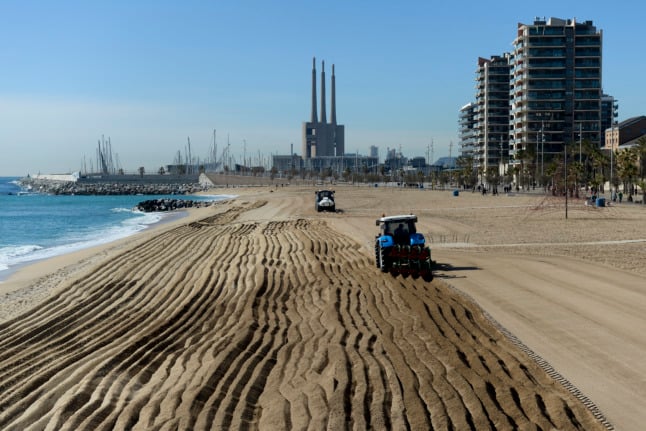The march kicked off in Barcelona, the Catalan capital, at 5pm and came a day after the region's parliament speaker — one of dozens of lawmakers sacked by Madrid last month — was released from jail after posting 150,000 euros bail.
Thousands gathered on an avenue next to the region's parliament building waving Catalan independence flags and chanting “Freedom!” while some held up banners announcing: “SOS Democracy”.
Children in riding helmets climbed castells — the region's traditional human towers — as others held placards bearing caricatures of some jailed lawmakers.
On Wednesday a general strike called by a pro-independence union caused travel chaos, blocking 60 roads and train lines including Spain's main highway link to France and the rest of Europe.
Barcelona's popular mayor, just hours before she was due to attend the rally, railed against the actions of dismissed Catalan leader Carles Puigdemont's government.
“They've provoked tensions and carried out a unilateral independence declaration which the majority do not want,” Ada Colau told a meeting of her party members.
“They've tricked the population for their own interests.”
Eight members of the axed Catalan cabinet are currently detained on charges of sedition, rebellion and misuse of public funds.
A further six fired officials including parliament speaker Carme Forcadell were granted bail this week on similar charges by Spain's Supreme Court.
Puigdemont is in self-imposed exile in Belgium awaiting a hearing on possible extradition back to Spain after Madrid issued a EU-wide warrant.
READ ALSO: Pro-independence Catalans to protest in Barcelona





 Please whitelist us to continue reading.
Please whitelist us to continue reading.